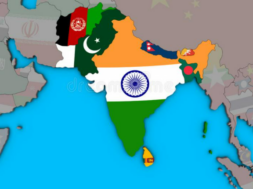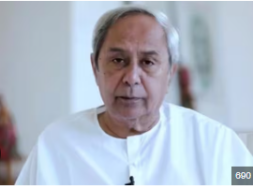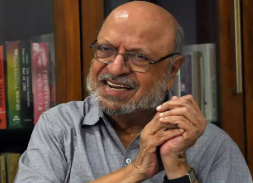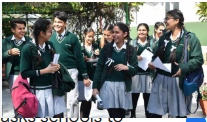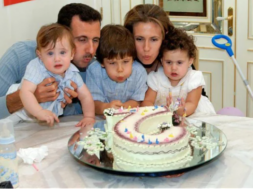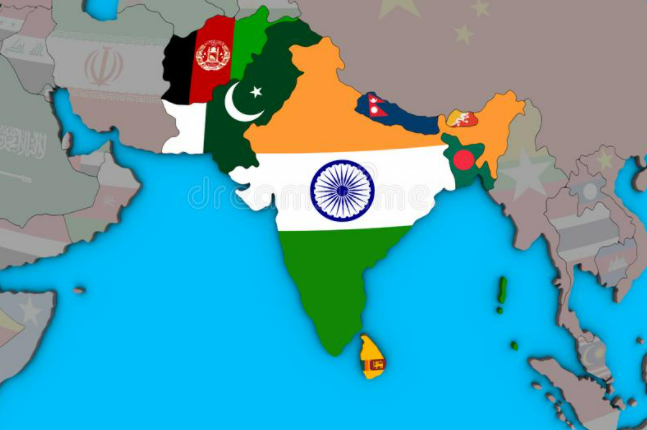
SAARC: Except the Maldives, all members’ economies face high inflation
Virendra Pandit
New Delhi: Myopic leaderships, Covid-19, Chinese debt traps, depleted foreign exchange reserves because of lack of remittances and job losses are some of the reasons most members of the South Asian Association for Regional Cooperation (SAARC) are facing economic turmoil. Except for the Maldives, all others—Pakistan, Afghanistan, Sri Lanka, India, Nepal and Bangladesh—are facing high inflationary pressures.
Global factors like the pandemic and supply chain disruptions it caused are common to all these countries. While India has absorbed most of the shocks, political developments in Pakistan and economic mismanagement in Sri Lanka have thrown these countries into unprecedented turmoil, the media reported.
Although inflation is running high in all these economies, except the Maldives, the situation is the worst in Sri Lanka, followed by Pakistan. Bangladesh is also facing higher inflation than India. But India and Bangladesh have proved their economic resilience so far.
In particular, Sri Lanka, once the most prosperous nation in the region, has now plunged into a severe economic crisis called “twin deficits” with roots lying in decades of wrong handling of external fund management. High inflation, a severe shortage of food and fuel oil, and a power outage for 13 hours a day led to violent protests for the ouster of President Gotabaya Rajapakse, who clamped an Emergency on April 1 to control the rapidly deteriorating situation.
Political turmoil in Pakistan—its leader Imran Khan is the 22nd Prime Minister who failed to complete his five-year term—was also fuelled by skyrocketing inflation, prompting the combined political opposition to demand his ouster. The Pakistani rupee has lost half of its value against the US dollar in three-and-half years since Khan took office in 2018.
Afghanistan’s economy collapsed because of abrupt cuts in external finances and the blocking of its USD 9 billion worth of foreign currency reserves by US and European banks soon after the August 2021 Taliban takeover.
Likewise, the relatively smaller economies of Nepal, Bhutan and the Maldives are also not faring well. Bhutan, with a stable political and economic environment, was faster and more successful in fighting Covid-19 than its bigger neighbours. But its stringent containment measures had deep economic costs. The landlocked Himalayan kingdom’s GDP slowed, unemployment rose and inflation spiked.
Spiralling prices hit life hard in Nepal, with wholesale prices rising sharply in the heavily import-dependent country. Fuel shortage triggered panic buying while the widening gap between wholesale and retail commodity prices led to subdued demand conditions because of consumers’ low purchasing capacity.
The Maldives’ economy, dependent on tourism, declined heavily last year. Its low level of foreign exchange reserves and high indebtedness posed threats to macroeconomic stability. Although its tourism picked up and exports increased in February, its foreign reserves declined and inflation dipped to as low as 0.34 percent, showing sluggish economic activities.
SAARC’s largest economy, India, despite inflation, could withstand the economic shocks with its large foreign exchange reserves of over USD 600 billion and plenty of policy room to deal with any vulnerabilities.
Despite a hike in commodity prices and widening burden of fuel and fertiliser subsidies, Bangladesh’s modest budget surplus, because of low performance in development projects and rise in revenue earnings, turned out a blessing in disguise, economist Zahid Hussain said. Bangladesh has also seen its exports and remittances go up significantly.
But, after Pakistan, Bangladesh is the second-highest recipient of China’s investments in South Asia. Between 2009 and 2019, the Dhaka Tribune reported, China invested an estimated USD 9.75 billion in transportation projects in Bangladesh, which also imports the highest volume of goods from China.
The worst performer, however, is Sri Lanka, which fell to China’s debt-trap strategy. Colombo is facing its worst economic crisis since its Independence in 1948. It tried to pit China against India and took huge loans from Beijing for infrastructure projects at high-interest rates, whose repayment has become an albatross around its neck. Its oversized loans from China for projects have not earned it anything.
The severe shortage of foreign exchange caused Colombo’s current recession because of the clampdown on tourism during the Covid-19 lockdowns, the pandemic-triggered job losses within and overseas, and the depletion of remittances. All these factors made it unable to buy enough fuel or grains, with people facing acute scarcity of food and basic necessities, heating fuel and gas.
Since January, India tried to bail out its beleaguered southern neighbour with USD 2.4 billion, including a USD 400-million currency swap and a USD 500-million loan deferment. In March, Sri Lanka signed a USD 1 billion credit line with India for the procurement of food, medicines, and other essential items.
But China refused to offer any concessions in debt repayment. Colombo has to pay USD 8 billion to Beijing, almost one-sixth of Sri Lanka’s total external debt of USD 45 billion. According to reports, China also refused to consider Sri Lanka’s request to reschedule its huge debts; Beijing offered an additional loan of USD 1 billion and a credit line of USD 1.5 billion to squeeze Colombo further.
Sri Lanka’s dollar-denominated debt repayments due this year total over USD 6 billion, including a sovereign bond of USD 1 billion maturing in July, according to the think tank European Foundation for South Asian Studies (EFSAS).
The worsening plight of Sri Lankan has alarmed some in the neighbouring countries like Pakistan, which had also been promised Moon by China. Pakistan tops the list of recipient countries under the Belt and Road Initiatives (BRI) aid, with projects worth USD 27.3 billion. China has also snared Pakistan in the BRI debt trap, with high-interest rates, stiff repayment terms, and a lack of transparency.
An example of how Colombo trapped itself in Chinese loans is the Mattala Rajapaksa International Airport, merely 18 km from the Chinese-owned Hambantota Port. It has earned the sobriquet of being the least used airport in the world, and the only one to store paddy! Both the port and the airport, built from high-interest loans from the Chinese Exim Bank during the presidency of Mahinda Rajapaksa, are white elephants, monuments to fiscal profligacy practised by the island nation’s government.
China claims the loans it gave to Pakistan and Sri Lanka are only a small fraction of their overall debt portfolios. As with Pakistan, Beijing insists, its loans to Sri Lanka comprise only 10 percent of Colombo’s overall external debt, only USD 5 billion out of USD 51 billion. But it does not include currency swaps, foreign currency term facility agreements, and loans given by Chinese state-owned enterprises. Project-wise loans given by the Chinese Exim Bank are estimated to be USD 4.8 billion, of which only USD 1 billion carries a concessional interest rate of 2 percent while the rest carries a whopping rate of 6 percent.
In Pakistan, the Chinese Exim Bank has loaned USD 11 billion (concessional) at an interest rate of 1.6 percent for infrastructure projects and another USD 15.5 billion (commercial) carrying an interest rate of 5-6 percent for power projects under the China-Pakistan Economic Corridor (CPEC), part of the BRI and designed to give Beijing access to the Arabian Sea and beyond.
They denominated all these debts in US dollars, which hedges the Chinese exposure to exchange rate fluctuations but increases the cost of hard currency for the borrowers. In Pakistan, the debt burden has consistently increased because of the regular depreciation of the Pakistani Rupee at an average of 6 percent per annum. In Sri Lanka, the Lankan Rupee collapsed in a matter of days, increasing the cost of hard currency dramatically. Both these countries, led by myopic leaders, rushed to gain easy loans from China, dreaming of rapid economic development. They sold this nonsense to their gullible public and threw out fiscal prudence and economic viability to keep political power.
Sri Lanka’s Hambantota Port in Sri Lanka and Pakistan’s Gwadar Port in restive Baluchistan are classical cases of white elephant projects. Both the ports are located strategically but are commercially unsustainable as there is simply not enough traffic. China has already acquired Hambantota and may gain Gwadar too in the coming months.
